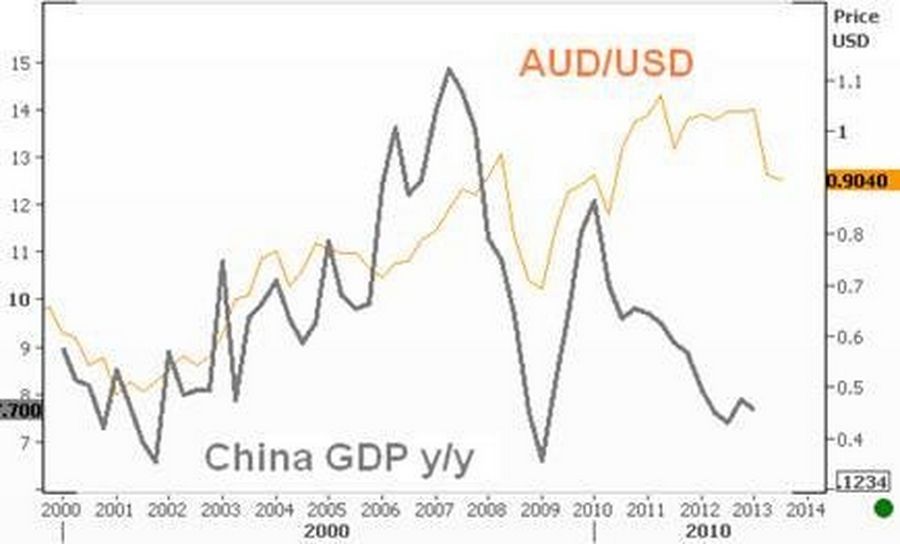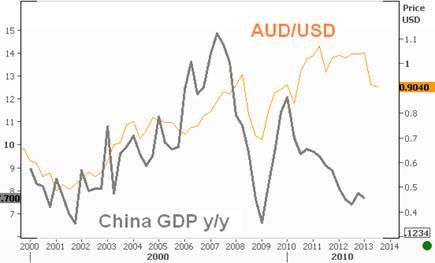
Divyang Shah, Senior IFR Strategist
It seems likely that China will not look to slow growth down below 7.0% as doing so could lead to a more rapid adjustment in expectations and create greater market turbulence.
China’s FinMin Lou Jiwei indicated his expectation that growth this year could come in at 7.0%. Xinhua quotes Lou as saying that “despite the slowdown of China’s economic growth rate, the structural reform is paying off.”
This highlights the acceptance of the growth slowdown as long as it is based on structural reforms, which help to take the froth off growth. Reforming the economy in order to promote more stable, lasting growth is clearly the priority for the new Xi/Li leadership team rather than the old focus on hitting growth targets.
But there will be limits as to how much of a slowdown China is willing to accept as the speed of adjustment matters. Allowing the economic froth to be removed too quickly could lead to instability down the road and add to market turbulence.
We had a mini version of this in play in the money markets in June when policymakers were willing to allow greater flexibility, having taught banks a lesson on responsible lending.
If growth were allowed to come in below 7% this year then it would dent the credibility of government targets. This credibility aspect could mean that the government will still aim for 7.5% growth this year but allow a lower target of 7% for 2014. Vice President Li Yuanchao told us last month that China will be able to maintain 7% growth in the future. An official adjustment to the 7.5% target is unlikely anytime soon.
While financial markets will worry about the outlook for China growth, the move toward no longer excessively relying on credit or investment boom is a positive one. Part of the plan to reform the economy is boosting domestic consumption, which should have an impact on supporting global growth. How China impacts the global economy and financial markets over the coming years will also change due to a likely shift in the growth mix, and import growth will start to matter as much as export growth.
Over the coming few months markets will have to come to grips with a China that is allowing growth to slow with the pace of structural reforms.
The speech on July 3 by RBA governor Stevens provides insight into the challenges faced by Australia as it deals with the end of the once-in-a-century mining boom.

Other countries will also have to prepare for the next chapter of the China story, which will be especially challenging now that the easy Fed has indicated a desire to taper QE.


